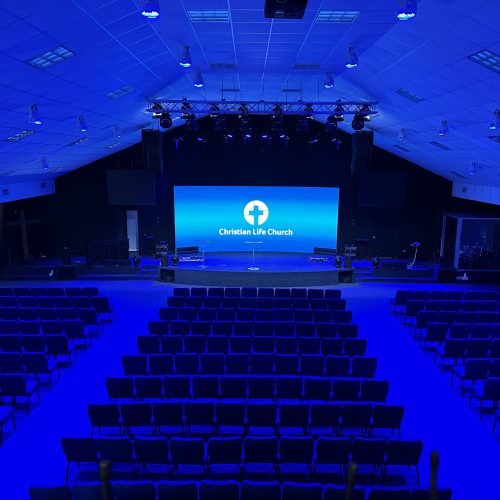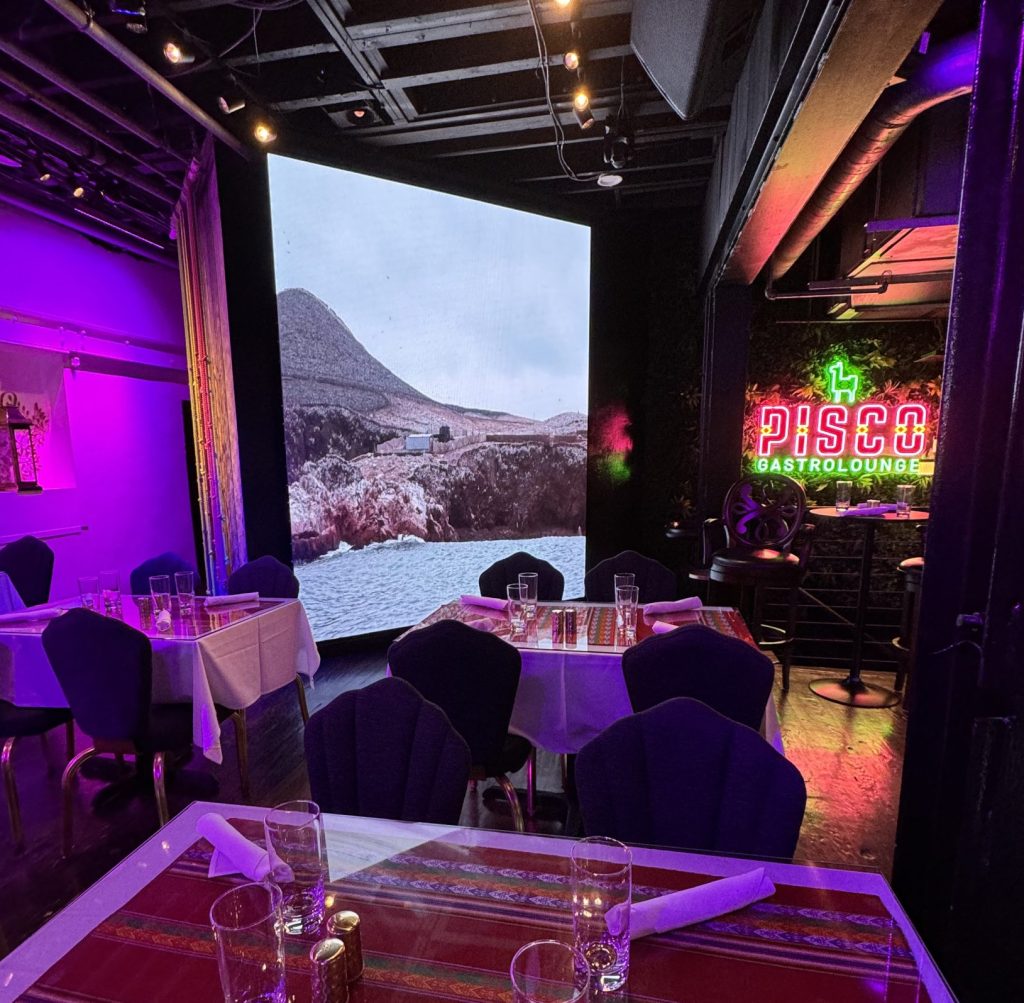Refresh Rates in LED Screens
In the ever-evolving world of display technology, one factor stands out as particularly crucial for ensuring high-quality visuals: the refresh rate. The refresh rate of an LED screen determines how often the display updates per second, directly impacting the smoothness and fluidity of motion. This aspect becomes especially significant when capturing fast-moving scenes, whether through a camera or for live broadcast purposes.
The Basics of Refresh Rates
The refresh rate is measured in Hertz (Hz), indicating the number of times the screen refreshes its image per second. For instance, a refresh rate of 60 Hz means the display updates 60 times per second. While this might be adequate for static content or slow-moving images, higher refresh rates are essential for dynamic, fast-paced visuals.
Why a Higher Refresh Rate Matters
A refresh rate of 1900 Hz might be sufficient for displaying static images or slow-motion content. However, it falls short when it comes to capturing rapid movement. At this lower refresh rate, motion can appear jerky or blurred, resulting in subpar video quality. This is particularly problematic during live broadcasts or recordings where visual clarity is paramount.
In scenarios where fast-moving scenes are prevalent, such as sports events or live concerts, a higher refresh rate becomes indispensable. Higher refresh rates, such as 3840 Hz or even 7680 Hz, offer significant improvements in motion clarity and smoothness. With these rates, each frame updates more frequently, minimizing motion blur and ensuring crisp, lifelike visuals. This enhanced clarity is crucial for applications where capturing fast-paced action with precision is essential.
The Impact on Live Events and Broadcasts
Live events and sports broadcasts are prime examples where higher refresh rates make a substantial difference. During a live event, the action unfolds in real-time, and any delay or blurring can detract from the viewer’s experience. A higher refresh rate ensures that every movement is captured with precision, providing a seamless viewing experience.
For sports broadcasts, the importance of a high refresh rate cannot be overstated. Sports involve rapid movements, quick changes in direction, and intense action. A lower refresh rate can result in motion artifacts, where the image appears smeared or unclear. In contrast, a higher refresh rate provides smooth, clear visuals, allowing viewers to follow the action without any disruption.
Enhancing Video Quality for Professional Use
Professional applications, such as film production, also benefit greatly from higher refresh rates. When shooting high-speed scenes or intricate action sequences, the ability to capture each frame with clarity is vital. Higher refresh rates reduce motion blur, ensuring that every detail is captured accurately. This level of precision is crucial for producing high-quality videos that meet professional standards.
Moreover, higher refresh rates enhance the overall viewing experience for audiences. Whether it’s a live concert, a sports event, or a film screening, viewers expect high-quality visuals. LED screens with higher refresh rates deliver on this expectation, providing a more immersive and enjoyable experience.
Technical Aspects and Considerations
While higher refresh rates offer clear advantages, there are technical considerations to keep in mind. For instance, the ability to achieve and maintain a high refresh rate depends on several factors, including the screen’s hardware capabilities, the processing power of the system, and the quality of the content being displayed.
The LED screen itself must be capable of handling the higher refresh rate. This means that the components, such as the LEDs and the driver circuitry, must be designed to operate at these speeds without degrading performance. Additionally, the processing system that drives the screen must be powerful enough to handle the increased data load. Higher refresh rates require more data to be processed and transmitted, which can strain less capable systems.
The content being displayed also plays a role. For instance, high-definition video requires more data and processing power than standard-definition content. To fully benefit from a higher refresh rate, the content must be of sufficient quality. Low-quality content may not see as significant an improvement, even with a higher refresh rate.
The Future of Refresh Rates in LED Screens
As technology continues to advance, the importance of refresh rates in LED screens will only grow. Innovations in display technology are pushing the boundaries of what is possible, with refresh rates continuing to increase. These advancements promise even greater motion clarity and smoother visuals, further enhancing the viewing experience.
In the future, we can expect to see even higher refresh rates becoming standard in high-end LED screens. This will benefit a wide range of applications, from professional film production to everyday consumer use. As the demand for high-quality visuals continues to rise, the industry will undoubtedly continue to innovate and improve.
Conclusion
Refresh rates are a critical factor in determining the quality of visuals on LED screens. While a refresh rate of 1900 Hz might suffice for static content, higher refresh rates such as 3840 Hz or 7680 Hz offer significant improvements in motion clarity and smoothness. This is especially important for live events, sports broadcasts, and professional video production, where capturing fast-paced action with clarity is essential.
As technology advances, the capabilities of LED screens will continue to improve, offering even higher refresh rates and better visual quality. For those seeking the best possible viewing experience, whether for professional or personal use, investing in an LED screen with a high refresh rate is a wise decision. The result is clear, crisp, and lifelike visuals that enhance any viewing experience.
At SV Solutions, we recognize the significance of
crafting unforgettable experiences through seamless events.






















